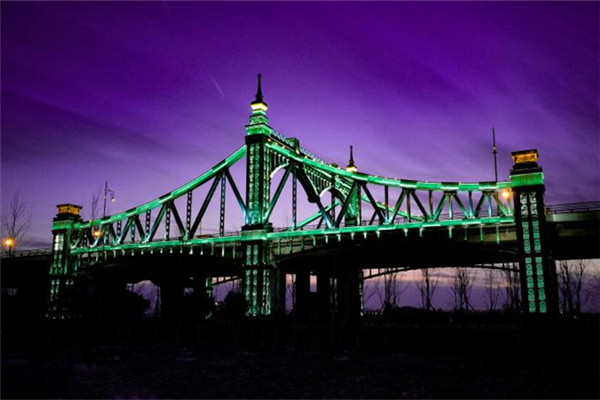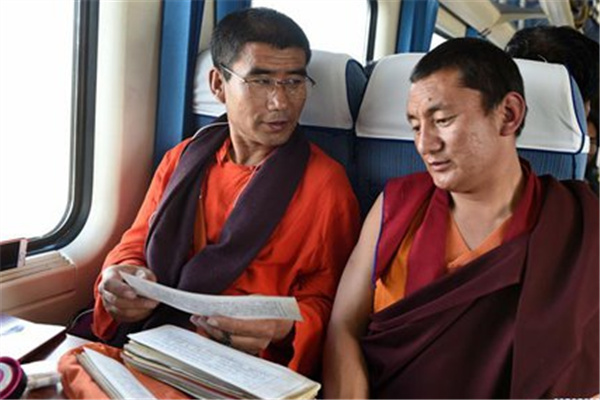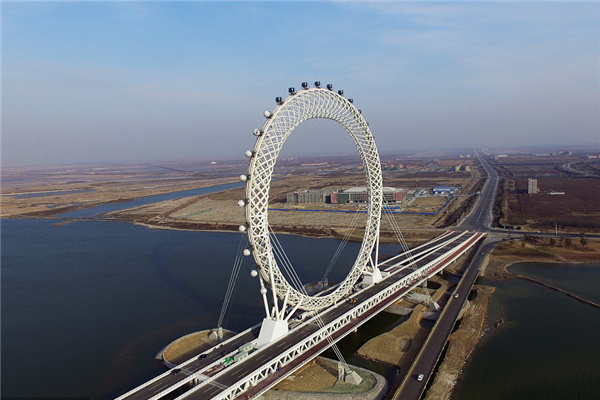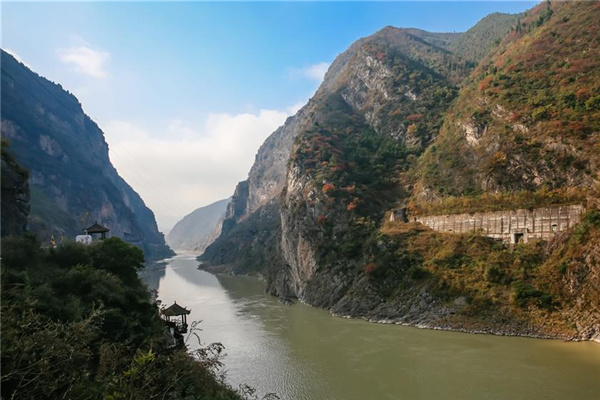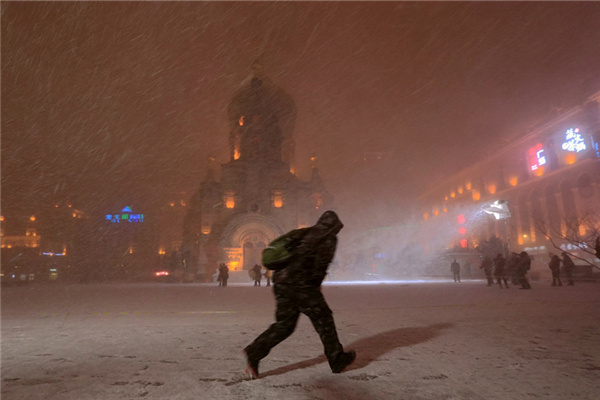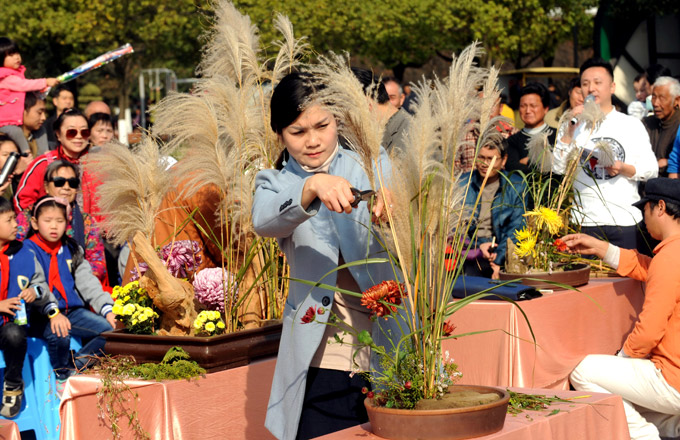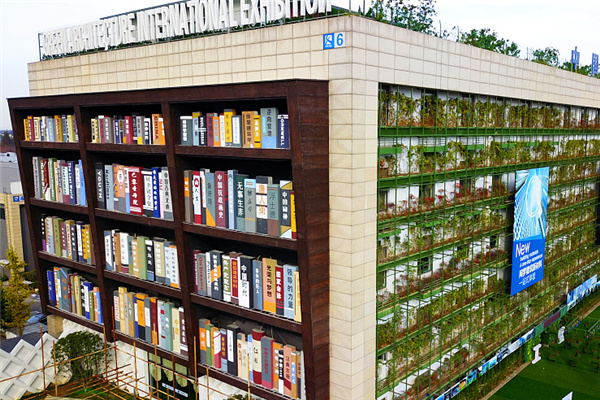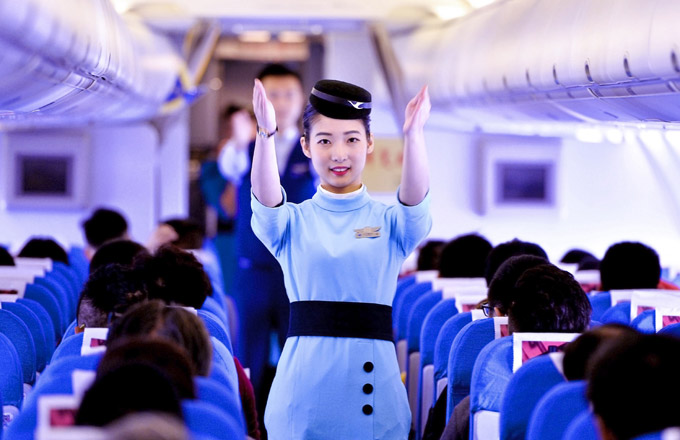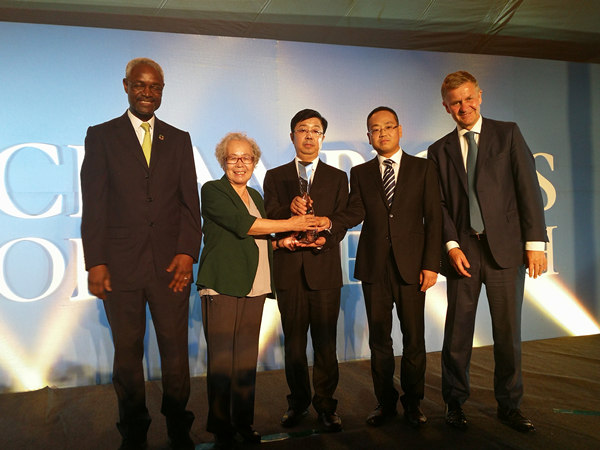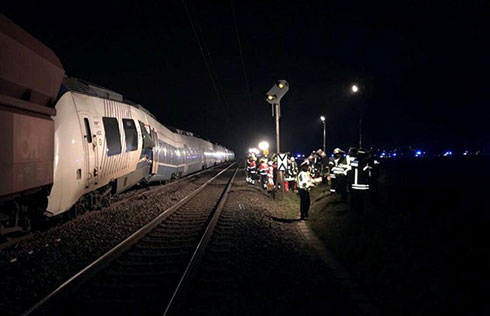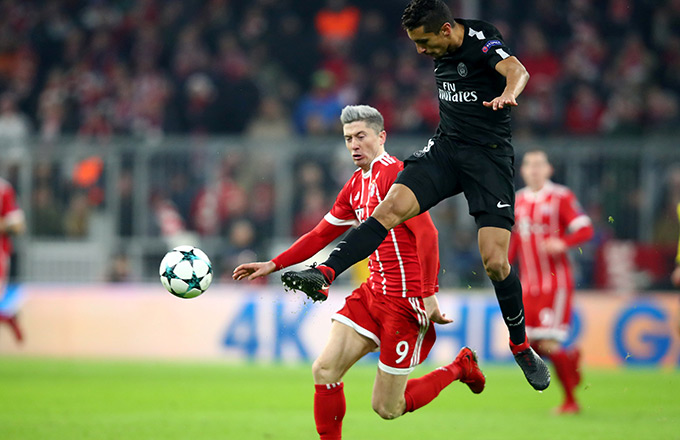

|
Xiangshan Hotel from different angles. The hotel was the first avant-garde building combining Western and Chinese styles. |
Even native Beijingers sometimes wonder at the capital's mixed architecture. While modern and post-modern buildings are mushrooming at stunning speed, it isn't hard to also spot drab, old-fashioned structures from main streets as well as the seemingly contradictory sight of many historic, traditional dwellings and shops tucked in the narrow hutongs.
But if you look into the tales behind all these buildings, which all reflect their times, you cannot but be impressed.
Beijing is also known for its artificial lakes, lush parks and ornate temples. It contains many of the greatest examples of architecture of the Ming (1368-1644) and Qing (1644-1911) dynasties as well as remains from earlier times, mirroring the development of the country's architecture technology.
In addition to classical palaces and gardens, which are often hundreds of years old, newcomers to the architectural scene are designed to blend in beautifully with all that has gone before. As some visiting foreign architects have noted, the merging of ancient and modern is something of which Beijing can be very proud. A perfect marriage, it can be said.
Late last year, the country's architecture development once again came into the international limelight. In an article in The Times, the Olympic National Stadium (or Bird's Nest), the new CCTV headquarters and the Terminal Building No 3 of Beijing Capital International Airport were ranked among the world's top 10 new buildings.
According to The Times, the 10 are unforgettable; they will change the history of building cultures and styles around the world.
The Bird's Nest was designed by European architects Jacques Herzog and Pierre de Meuron, and will be used for the opening and closing ceremonies, track and field and soccer matches for the 2008 Summer Olympic Games.
The Bird's Nest, CCTV Headquarters designed by Dutch architect Rem Koolhaas and his German business partner Rem Koolhaas, and Linked Hybrid public housing and shopping complex designed by American architect Steven Holl were on another list of ten best architectural marvels selected by Time magazine at the end of last year.
In fact, China in general and the capital in particular have never lacked building marvels with significant historical, architectural or cultural significance.
The "Great Leap Forward" period, which erupted all over China in 1958-1960, resulted in many grand Stalinist-style buildings erected, seemingly overnight. Notable among those of outstanding architectural merit in Beijing were the well-known Top 10 landmarks, including the Great Hall of People; Chinese Museum of Revolutionary History; Chinese History Museum; Chinese Military Museum; National Agricultural Museum; Beijing Workers' Stadium; Diaoyutai State Guest House; Cultural Palace of Chinese Minorities; Beijing Railway Station; and Beijing Minzu Hotel.
The architectural grandeur and daring of these buildings fully reflected the growing strength of New China. In architectural terms, they truly deserved to be in the roll of the Top 10. The Great Hall of People, for example, is a perfect blend of the imposing classical Roman influence and Chinese traditional decoration.
However, few buildings of particular note emerged between 1960s and 1970s, except perhaps the China Art Gallery built in 1962; Beijing Workers' Gymnasium in 1961; Beijing Hotel in 1974; and Chairman Mao's Mausoleum in Tian'anmen Square in 1977. There was a particular dearth of architectural breakthroughs and innovative ideas, especially during the notorious "cultural revolution" (1966-1976).
The spurt
The opening and reform policy changed the face of China and the lives of its people in every respect. Since the country opened its door to the outside in early 1980s, Beijing has gone international.
Chinese architects had begun to seriously study Western architecture, and new ideas were introduced to city construction. Hotels quickly became the best examples of avant-garde architecture. But while essentially Western in design, they were - and as those who followed still are - each endowed with Chinese characteristics in terms of their high-quality services and decoration.
The first success was scored by the Xiangshan Hotel in the Fragrant Hills of suburban Beijing in 1979, designed by famed Chinese-born American architect IM (Ieoh Ming) Pei, known for his landmark Bank of China Tower in Hong Kong, the Louvre glass pyramid in Paris, the National Center for Atmospheric Research in Boulder, Colorado, Raffles City in Singapore and the Luce Memorial Chapel in Taiwan, among many others worldwide.
The Xiangshan Hotel, which went into operation in October, 1982, combined courtyard and garden styles, graced by diamond-shaped windows and other unique touches. The site was once part of an imperial hunting reserve notable for its fall foliage.
The result was an unassuming complex that tapered to the sloping hill, immersed amidst the maples and pines of Fragrant Hill. The off-white stucco on the walls, gray tiles on the roof, and geometric shapes of the windows were clearly reminiscent of the classical gardens of Confucian literati. The Pei family itself owned one of the most acclaimed examples of these gardens, the Lion Forest in Suzhou.
According to an article entitled 'Finding roots' by Pei in the Asia Pacific Review of Harvard in 2002: "I returned to China in 1974, with a group of American architects actually, almost 40 years after I left there. It was an entirely new country to me. Chairman Mao Zedong had come in. My family garden had become public. I was invited back in 1978 by then Vice-Premier Gu Mu, and I gave a talk at Tsinghua University. I told the audience that they had to be more sensitive. At that time they were not building anything. Very little construction was going on, except the Beijing Hotel. It was quite tall, and I didn't think it was the right style. They had to think of the overall effect, consider factors such as the Forbidden City. There was something intruding on the traditional harmony. The surrounding environment is terribly important to an architect.
"They invited me to do a building on the Chang'an Avenue. I was flattered and said I would consider it. But when they told me that I had to build a very tall building, I became a little less interested. I didn't think it was appropriate. They asked me what would I like to do. I said I wanted to find another site where I could do a building that was more traditional. They offered me several sites to choose from, and I chose Fragrant Hill.
"Chinese architecture has to change. What I did at Fragrant Hill was partly out of nostalgia and partly time. At that time, China actually stood still. Today, would I do it the same way? I would probably do it differently. I have to consider the changing times, the change in expectations."
To cope with the rising demand for industrial exhibitions, the China International Exhibition Center (CIEC) has moved its site from downtown Beijing to suburban Shunyi in northeastern Beijing after more than two decades operation. It reopened to business in March this year, and one month later the largest automobile exhibition in China took place there with participation of all the global top auto manufacturers.
The China Council for the Promotion of International Trade established the old CIEC building in January of 1985. It was one of the top 10 buildings erected in the capital in the 1980s according to a local public poll jointly conducted by the Beijing Daily and Beijing Evening News.
The late Chinese leader Deng Xiaoping personally named the center by handwriting the eight Chinese characters: Zhong Guo Guo Ji Zhan Lan Zhong Xin. The CIEC played a role as the birthplace of the country's exhibition industry and is well known overseas.
Sino-foreign partnership
The construction represented one of the first Chinese industries opened to the outside world in early 1980s. Along with the increase in foreign investments, international companies have introduced their latest architectural and design technology to China by cooperating with Chinese counterparts and eating away the market share simultaneously.
In the 1990s, only four of the top 10 buildings in Beijing were designed with foreign cooperation. And while there is no Top 10 poll for 1990s' buildings, an unofficial list of sky-toppers in the last decade of the 20th century were:
CCTV Tower; National Olympic Center; New World Center; World Trade Center; Capital Library; Library of Tsinghua University; Foreign Language Teaching and Research Press; Henderson Center; Sun Dong'an Plaza; and the International Finance Mansion.
However, after the turn of the century, about 90 percent of the landmark structures in the capital were designed by foreigners, including the National Grand Theatre, the Bird's Nest and the National Aquatics Center (Water Cube).
In 1986, the former State Planning Commission (now the National Development and Reform Commission) and the Ministry of Foreign Trade and International Cooperation (now the Ministry of Commerce) formulated the Preliminary Rule on Chinese-foreign Cooperation on Construction Designing and Engineering Projects to guide the industry's development.
In 1995, the former Ministry of Construction (now the Ministry of Housing and Urban-Rural Development) and the foreign trade ministry jointly promulgated the Regulations on Establishment of Foreign-invested Construction Enterprises in China, clearly stipulating the foreign solely invested firms of this kind were not allowed in the market. However, after November, 2002 when China became a member of the World Trade Organization, the Chinese government has scrapped the regulations as part of its WTO commitments.
In 2007, the output value of the country's construction industry reached 1,401.4 billion yuan, up 12.6 per cent from the previous year, or an increase of 1,045.8 billion yuan from 1995 and an increase of 696.7 billion from 2002, according to the National Bureau of Statistics.
Instead of the capital city, Chinese and foreign cooperation in local landmark structures can be seen throughout major cities of the country. Some Chinese architecture experts pointed out Shanghai even did a better job than Beijing of harmonizing eastern and western structures along its streets.
The so-called tallest building in China, Jin Mao Tower is located in the center of Lujiazui Finance and Trade Districts in Shanghai's Pudong. The 88-story Jin Mao Tower was completed in 1999. It is 420.5 meters tall and covers an area of 2.3 hectares. The architect, Adrian D Smith of Skidmore, Owings & Merrill, melded elements of traditional Chinese culture with the newest architectural styles.
"It is strange for me. Jin Mao tower has been the symbol of Shanghai, along with the Oriental Pearl TV Tower, for many years. But I never really went into the tower," says Lian Shaohua, a student with Shanghai International Studies University. Lian is from South China's Shenzhen.
"I went to the top deck of Oriental Pearl TV Tower for twice, and was amazed at the nice view, But completely unsatisfied with the facility and service there. It is more like a tourist place (actually it is), instead of a restaurant. It is somewhere you only need to go once in your entire life," she says.
When asked to name the most renowned housing estate in Shenzhen, the name Portofino easily comes to her mind. Behind the Italian-style housing landmark is Peter Dworjanyn, principal architect of Melbourne-based Peddle Thorp Architects, with a China office in Shenzhen.
"Shenzhen is a very modern city and is growing to be more international, so people tend to accept Western buildings. And these buildings fit well with the city's international atmosphere," Dworjanyn says.
Dazzling buildings
With the Beijing Olympic Games in 2008 and Shanghai World Trade Expo in 2010, foreign engineering and construction companies and architects are vying with each other in the country, making some major construction sites a proving ground of their latest architectural achievements and striving for a larger market share.
French architect Paul Andreu is a unique example, who is the designer of the blister-shaped National Grand Theater, next to the Great Hall of People in the Tian'anmen Square.
Some rumors said Andreu's mammoth "Blister" near Tian'anmen was "revenge" for Pei's Louvre glass pyramid. But with its titanium roof the Grand Theatre is a Beijing landmark and a milestone in the country's construction development as well.
The government official statistics show the total investment for the theater were nearly 2.7 billion yuan, or on average nearly 450,000 yuan for each of its 6,000 seats inside.
And more landmark buildings will be seen along with the economic boom.
The computer-generated image released by the Beijing Great Wheel Corp on November 5, 2007 shows the Beijing Great Observation Wheel. Essentially a mammoth (208 meters) Ferris wheel, it is expected to stand in eastern Beijing's Chaoyang Park by 2009, according to its official website.
You might have climbed the Great Wall, now Beijing wants you to "fly" the Great Wheel of China, a Beijing local newspaper says. It will be the highest and largest in the world and a new landmark in the capital city.
The giant Ferris wheel will have 48 air conditioned observation capsules, each of which can carry up to 40 passengers, and on a good day even the Great Wall is expected to be visible in the mountains to Beijing's north.
"The wheel itself is a nice add-on to the city. It's a new icon for the city," Great Wheel Corp CEO Stephan Matter told reporters ahead of the ground-breaking ceremony in November last year.
(China Daily 06/16/2008 page2)
